#ancient ceilings
Photo
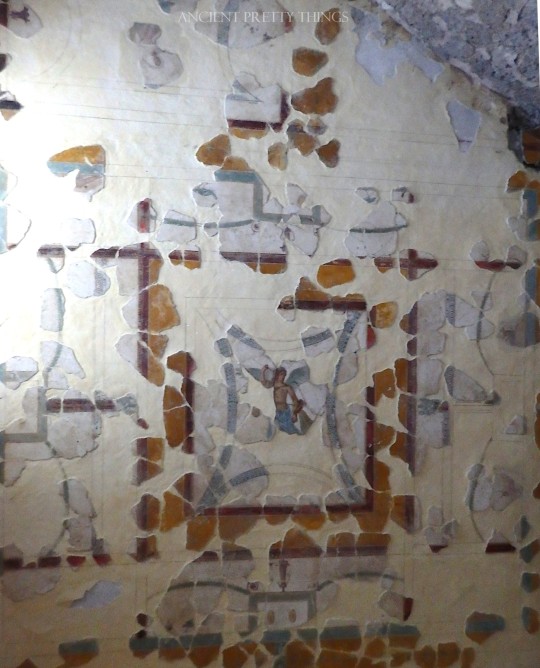

Ceiling with detail of central medalion featuring male winged figure.
Vila San Marco, Castellammare di Stabia.
#vila san marco#Castellammare di Stabia#ancient rome#ancient roman#ancient spaces#ancient art#ancient ceilings#original photography#ancientprettythings
87 notes
·
View notes
Photo

Ancient Ceiling Reliefs Uncovered in The Egyptian Temple of Esna
The reliefs were buried under millennia of dirt, soot, and bird droppings.
Conservation work on a 2,200-year-old temple in Egypt has uncovered 12 reliefs representing Babylonian zodiac signs, as well as depictions of stars and constellations that the ancients used to measure time.
The images were found carved into the ceiling of the Temple of Esna in Luxor, which was completed around 250 C.E. and dedicated to the Egyptian god of fertility Khnum. They were revealed by a restoration team, made up of archaeologists from the Egyptian Ministry of Tourism and Antiquities and the University of Tübingen in Germany, which cleared away millennia of dirt and bird droppings from the temple’s surfaces to unveil the 12 astrological motifs that are unusual for a site of worship in Egypt.

“Representations of the zodiac are very rare in Egyptian temples,” said Christian Leitz, a professor at the University of Tübingen, who explained that the Babylonian zodiac was probably introduced to Egypt during Ptolemaic rule between 305 and 30 B.C.E.
“The zodiac was used to decorate private tombs and sarcophagi and was of great importance in astrological texts, such as horoscopes found inscribed on pottery sherds,” added Daniel von Recklinghausen, a Tübingen researcher. “However, it is rare in temple decoration. Apart from Esna, there are only two completely preserved versions left, both from Dendera.”


Zodiac signs aside, the restoration effort further unearthed a trove of other reliefs, including illustrations of the planets Jupiter, Saturn, and Mars.
A host of deities and fantastical animals were also found, such as a snake with a ram’s head, a bird with a crocodile’s head, and yet another snake with four wings.

Additionally, researchers discovered some previously unknown inscriptions, which had been covered by soot and inadvertently preserved. Analysis is currently being carried out on these new finds.
Restoration on the Temple of Esna began in 2018, and has involved the cleaning and recoloring of the monument’s surfaces. Along the way, the team has logged finds including a colorful fresco made up of 46 depictions of Egyptian goddesses Nekhbet and Wadjet, as well as painted inscriptions that detail royal titles and caption the constellations carved into the temple’s ceiling.



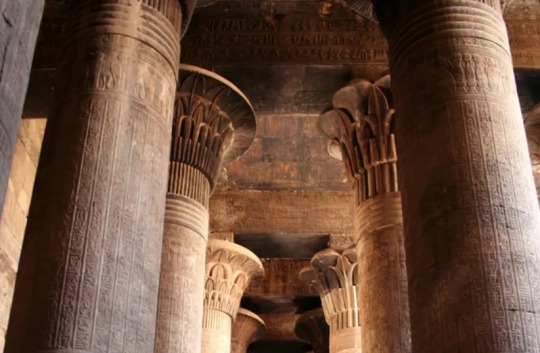
#Ancient Ceiling Reliefs Uncovered in The Egyptian Temple of Esna#Luxor#archeology#archeolgst#ancient artifacts#history#history news#ancient history#ancient culture#ancient civilizations#ancient egypt#egyptian history#egyptian art
678 notes
·
View notes
Photo

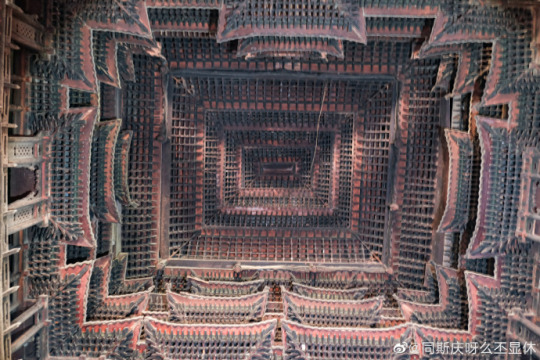


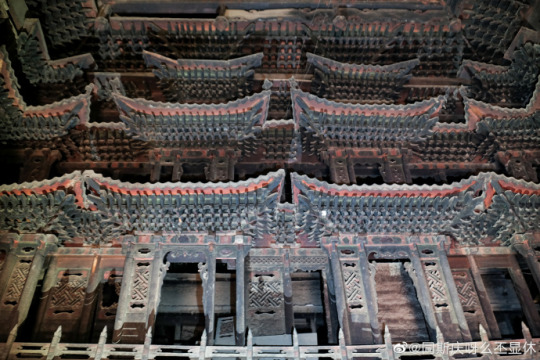
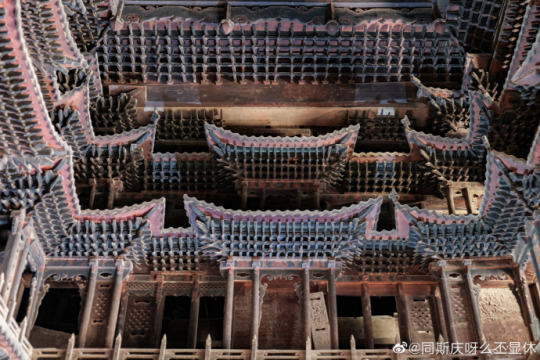
Gongshutang Temple (公輸堂) with its unforgettable cosmological ceiling. Just a small temple in the rural outback in Huxian County (戶縣), Shaanxi, in Qinan village (祁南村). The locals even barely remember its name.
The Gongshutang Temple, originally called Yuanyuantang (源遠堂), also known as Wanfotang (萬佛堂) was built in the Yongle period of the Ming Dynasty, facing south from the north. It was erected by the followers of the “Baiyang Sanhui” (白陽三會) movement to commemorate their legendary ancestor-founder Lu Ban (魯班).
From the very beginning, Gongshutang was a large-scale temple complex. Nowadays only the main hall exists with a building area of 106 square meters. Referring to the folk religion, the temple is conceived to worship the amalgam of the Taoist and Buddhist pantheons.
Photo: ©同斯庆呀么丕显休
#ancient china#chinese culture#chinese architecture#ming dynasty#yongle period#ming#wooden architecture#wooden buildings#wooden temple#old china#taoism#taoist#buddhism#buddhist#chinese folk religion#chinese temple#公输堂#temple ceiling#temple architecture
331 notes
·
View notes
Text

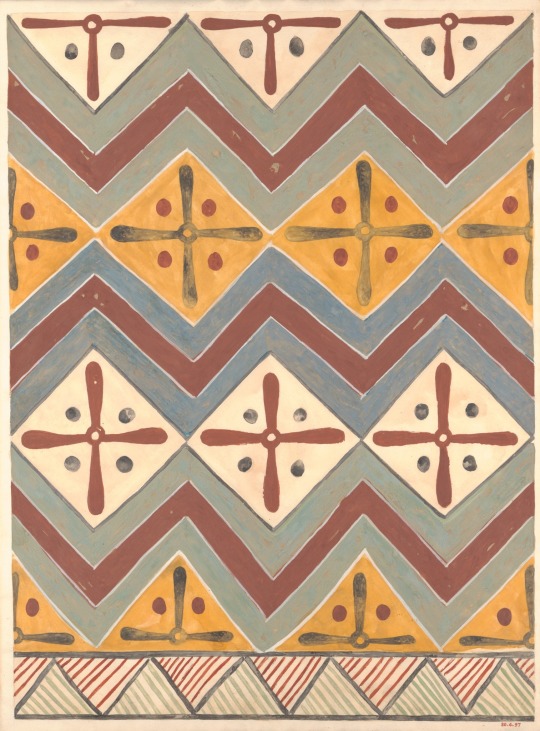
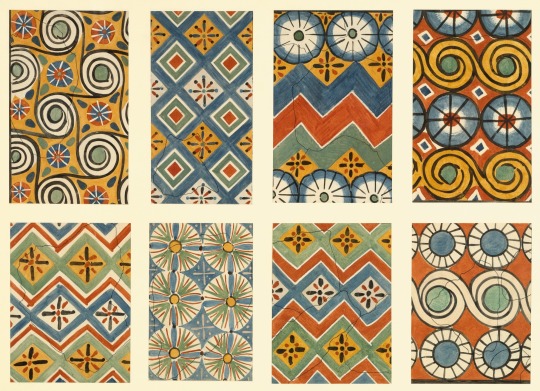
Ceiling Pattern, Tomb of Oenamun, New Kingdom, ca. 1479-1400 B.C., Illustration by Nina de Garis Davies
Ceiling Pattern, Tomb of Oenamun New Kingdom, ca. 1479-1400 B.C., Illustration by Charles K. Wilkinson
Eight Ceiling Patterns, Tomb of Nebamun and Ipuky New Kingdom, ca. 1390-1349 B.C.E., Illustration by Nina de Garis Davies
#Nina de Garis Davies#Charles K. Wilkinson#ancient egypt#egyptology#ancient art#egyptian art#egyptian history#ancient history#ceiling tiles#abstract#abstract design#abstraction#art history#aesthetictumblr#tumblraesthetic#tumblrpic#tumblrpictures#tumblr art#aesthetic#beauty#tumblrstyle#illustration#illustrator#illustration art
44 notes
·
View notes
Text
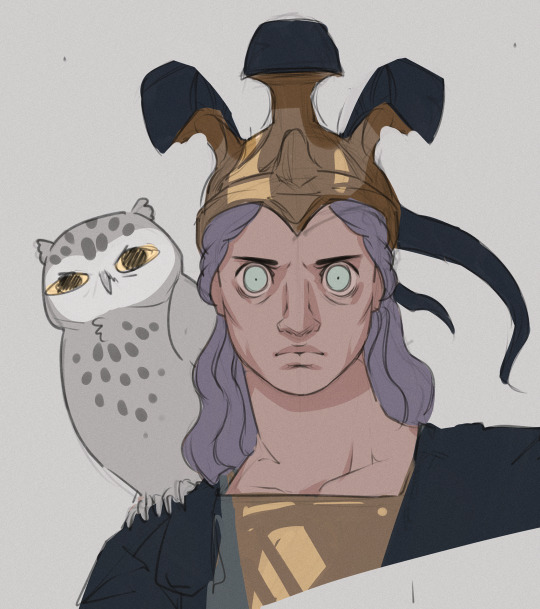
a post I read today made me think of Athena so here's a quick sketch of her and her scuffed owl.
#ancient greek mythology#athena#ancient greece#art#I have 3 spiders on my ceiling at this very moment this is very fitting
401 notes
·
View notes
Photo

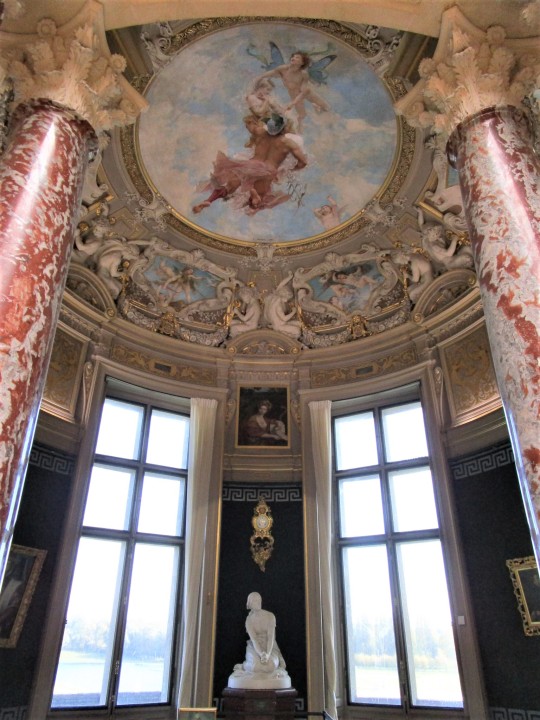

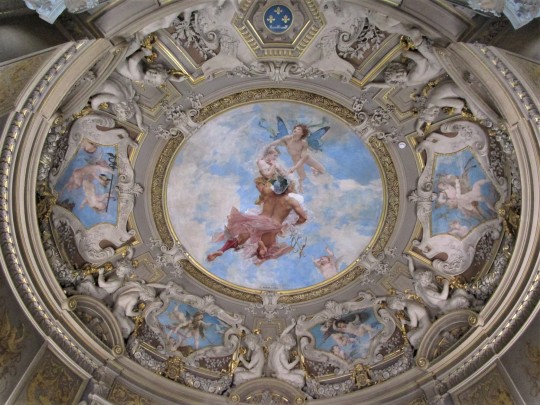
The Abduction of Psyche, 1885, by Paul Baudry, in the Rotunda of the Paintings Gallery at the Château de Chantilly. A mosaic from the ruins of ancient Pompeii is embedded in the floor.
Photos by Charles Reeza
#painted ceiling#19th century art#ancient art#boar hunt#mythology#Cupid#Psyche#Mercury#Rococco#French decorative arts#French castle
367 notes
·
View notes
Photo

Trompe l’oeil - Munchen, 2015
#picofthenight#travel#germany#deutschland#original photographers#photographers on tumblr#ancient architecture#ancient art#architecture#interior design#interior photography#decorated ceiling#trompe l'œil#photoofthenight
119 notes
·
View notes
Photo





#HE#Andrew Lincoln#*#andygifs#so sweaty so sweaty#gonna make like those ancient greek fantasies and fan him with palm fronds#alexa play sharp dressed man#look at his big beautiful rectangle head#excuse me but The Nose™#shoutout to nigel and laura for giving their son his face#here on the ceiling of the sistine chapel#*michelangelo comes back to haunt me*#WHY SO HANDSOME#let's fight
143 notes
·
View notes
Text

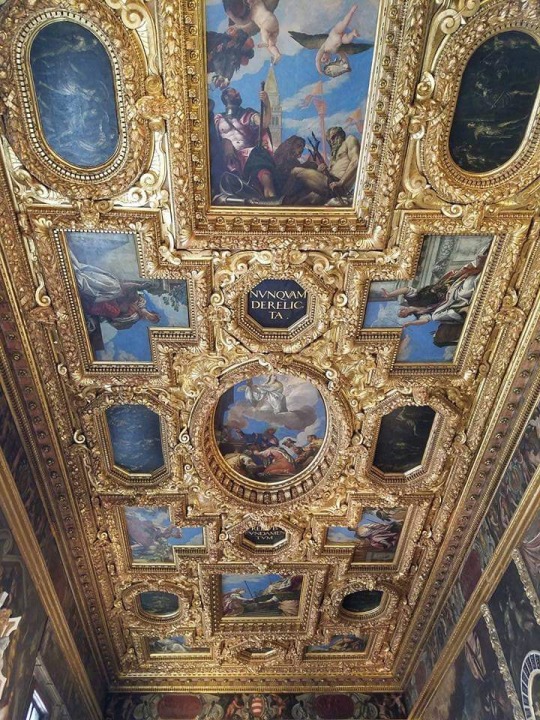
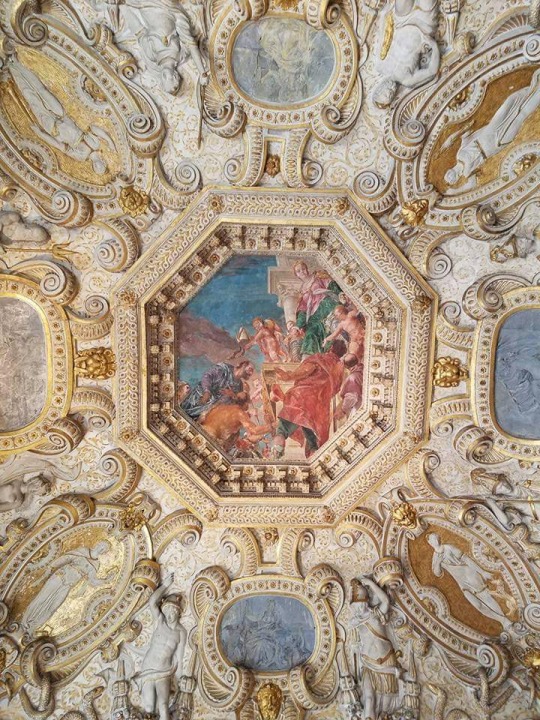

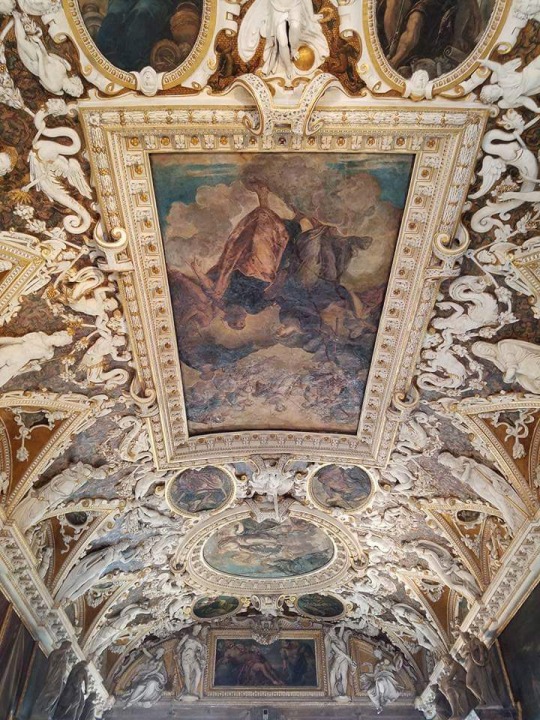


Palazzo Ducale/Doge Palace (Venice, Italy)
#italy#venice#artedit#italian architecture#photography#architecture#art#gothic architecture#palazzo ducale#doge palace#ancient buildings#monument#palaces#gothic style#ceiling#luxury#italian art#ancient building#ancient monument#beautiful things#travel#masterpiece
68 notes
·
View notes
Photo


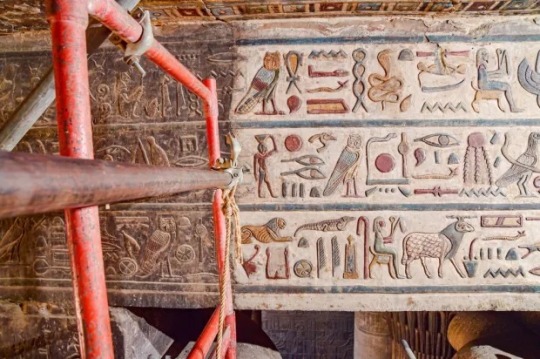




Incredible Colorful Ceiling Frescoes Discovered In Ancient Egyptian Temple
Two millennia's worth of soot and dirt covered the ceiling frescoes in the temple of Khnum in the Egyptian city of Esna, protecting the colors underneath. Now, painstaking restoration work from archeologists has brought these incredible pieces of art back to life.
The frescoes have 46 images of vultures, representing, in turn, the Upper-Egyptian vulture goddess Nekhbet and the Lower-Egyptian serpent goddess Wadjet, who is also depicted as a vulture with open wings, although keeping the head of a cobra and the crown of Lower Egypt. Nekhbet is wearing the Upper Egypt crown.
The restoration was conducted by the Institute for Ancient Near Eastern Studies at the University of Tübingen and the Egyptian Ministry of Tourism and Antiquities. They have been working since 2018 to bring the colors of the frescoes back into view.
“Temples and ancient depictions of the gods were often painted in brilliant colors, but these have usually faded or even disappeared totally as a result of external influences,” Professor Christian Leitz from the University of Tübingen, said in a statement.
The temple was dedicated to one of the earliest Egyptian deities, Khnum the ram-headed god who was seen as the god of the source of the Nile. At Esna, Khnum and his consort Neith are treated as the creator deities.
Construction of the religious building had begun during Ptolemaic time but most of the remaining parts are from the Roman era, probably around the time of Emperor Claudius (41-54 CE). The temple began to attract the interest of archeologists in Napoleonic times, but it was in the latter part of the last century that a more detailed study of it began in earnest.
“From the 1950s, the French Egyptologist Serge Sauneron systematically documented the Temple of Khnum at Esna and the paintings that were visible at that time,” said Tübingen scientist Dr. Daniel von Recklinghausen, “The temple’s complete range of images is unique in its wealth of figures and the state of preservation of the colors.”
“For the first time we can see all the decorative elements in relation to one another,” said Leitz. “This was impossible simply with Sauneron’s publication.”
The whole restoration was funded by the American Research Center in Egypt, the Ancient Egypt Foundation, and the Gerda Henkel Foundation. The team is now planning to translate all of the Esna inscriptions, as well as study the connection between all the images and writing in the temple. This upcoming work has been funded by the German research foundation.
#Incredible Colorful Ceiling Frescoes Discovered In Ancient Egyptian Temple#the temple of Khnum in Esna Egypt#archeology#archeol#ancient frescoes#ancient art#egyptian art#art#artist#art work#art news#history#history news#ancient history#ancient culture#ancient civilizations#ancient egypt#egyptian history#egyptian gods
126 notes
·
View notes
Photo
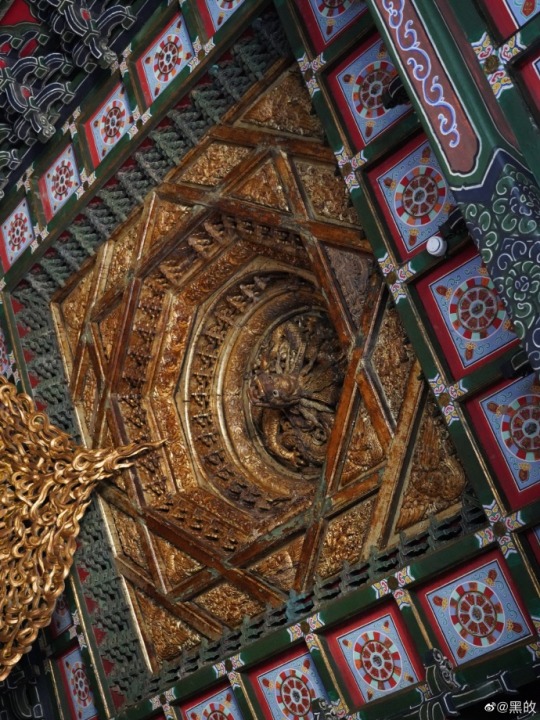
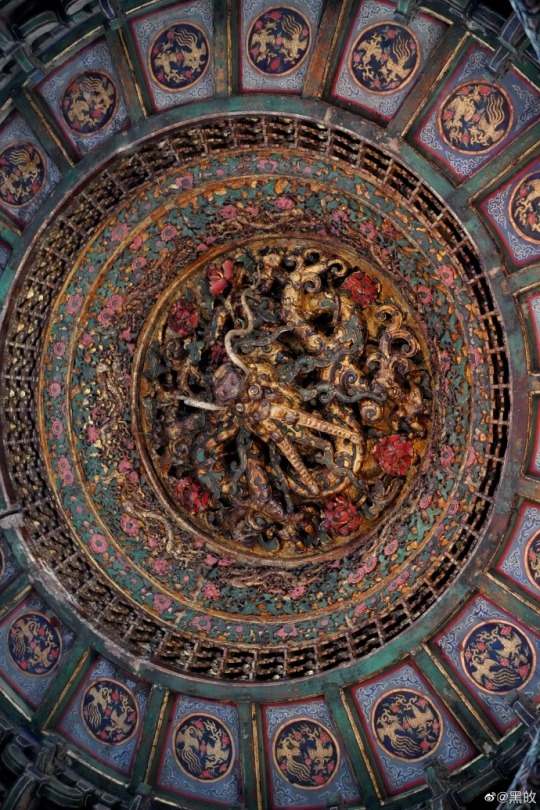


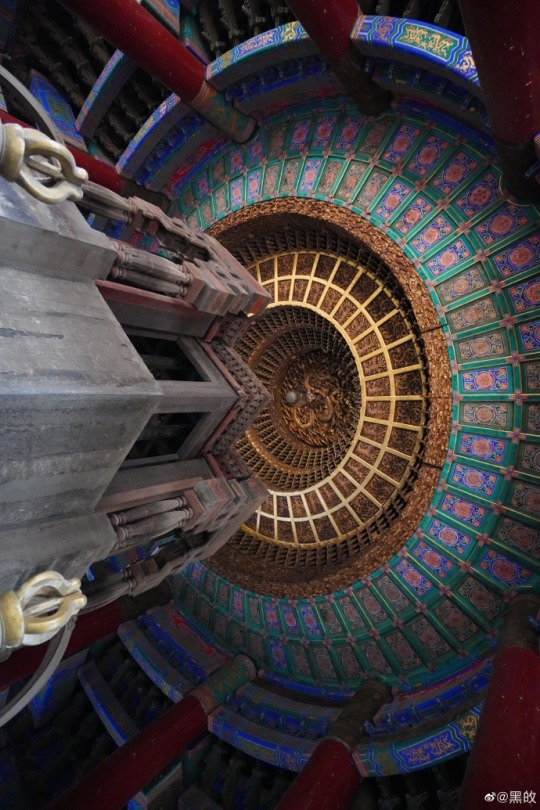
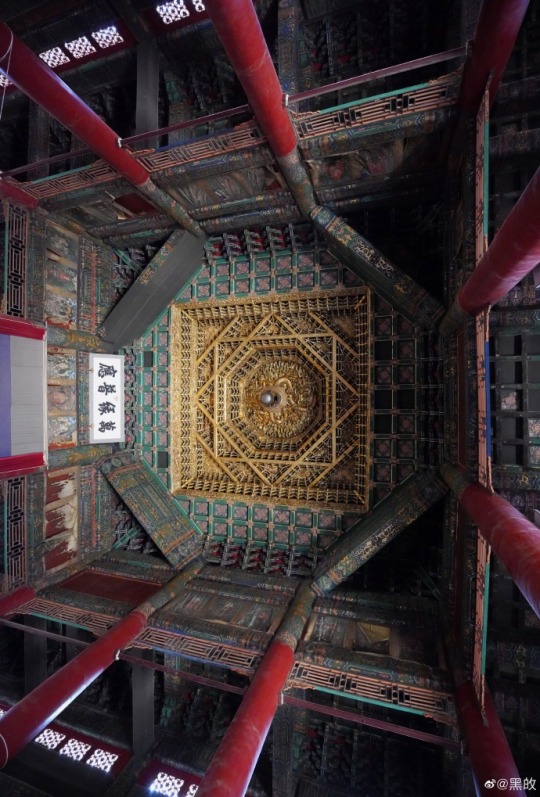
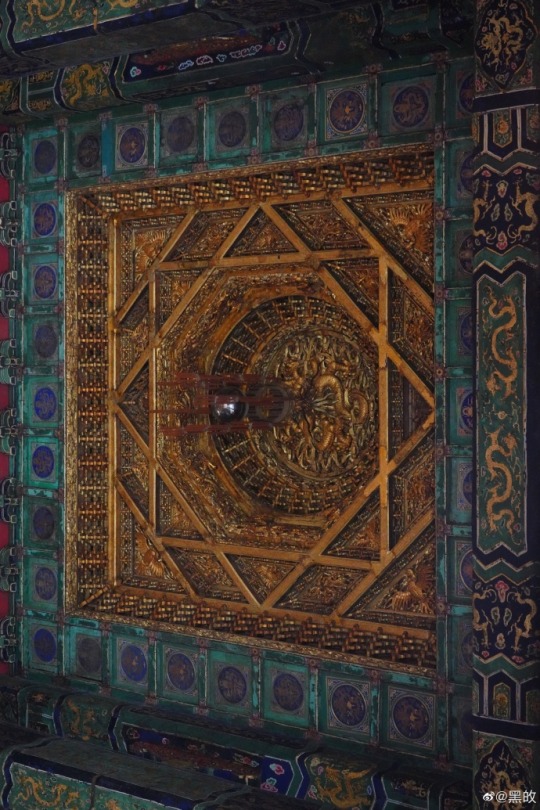



A few spectacular cosmological ceilings from various Chinese temples in Beijing and suburbs.
The dragon is a paradoxical emanation of the Supreme in Chinese traditional aesthetics, accumulated over millennia. Therefore, it is natural that in the temple microcosm, a zenith point is assigned to him.
Photo: ©黑敀
#ancient china#chinese culture#chinese architecture#ming dynasty#ming#qing dynasty#qing#wooden architecture#wooden buildings#old china#taoism#taoist#buddhism#buddhist#chinese folk religion#chinese temple#ceiling#painted ceiling#temple ceiling#religious art#temple architecture#dragon#dragon art
386 notes
·
View notes
Text
as a teenager I watched only subbed anime not because of any fancy translation reasons but because I could watch them on the computer with the sound off so my parents wouldn’t find out I was watching ‘cartoons’ and mock me
#a butterfly obsesses#*laying in bed staring at the ceiling* why would you make fun of a teen for watching cartoons why would you do that#once on a college break I tried to watch an ep of young justice on the living room tv#my parents kept interrupting to basically ask why was I watching cartoons#geez if they knew about strange magic and my fanfics . . .#(this was in ancient times when there was only one computer in the house and you could watch anime on youtube)
13 notes
·
View notes
Text
if I think about Rin for too long, I go crazy like he's an eldritch abomination or something
#i'm speaking ancient languages from other worlds#i'm crawling around on the ceiling#i'm having visions of realities i cannot comprehend#the dick has me seeing shrimp colors#.text#.bllk#.rin
4 notes
·
View notes
Photo

The Pantheon
Rome, Italy
#pantheon#rome#italy#europe#travel#architecutre#ceiling#ancient rome#ancient roman#ancient#roman#my photos
25 notes
·
View notes
Text
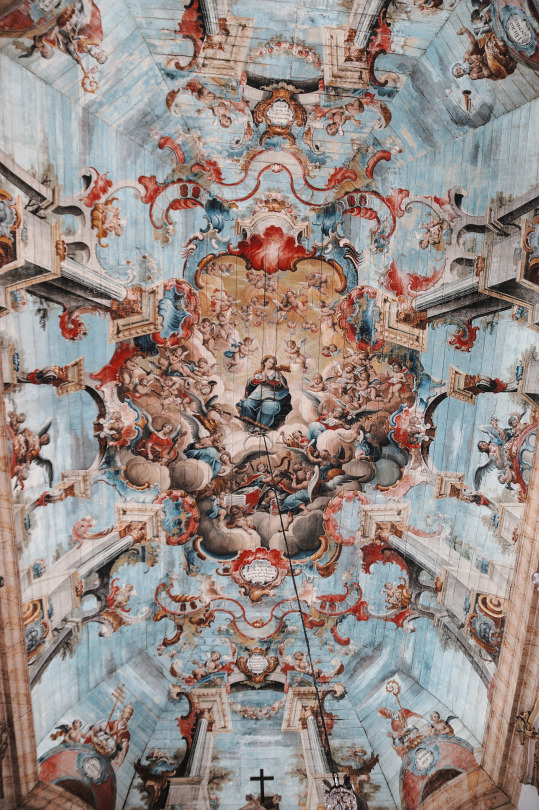


Church of Saint Francis of Assisi (b.1766) - Ouro Preto, 2023
1 Wooden ceiling paintings by Manuel Da Costa Adaide
2 Stoup
3 Rococo facade by Antônio Francisco Lisboa, aka Aleijadinho
#picofthenight#travel#brazil#original photographers#photographers on tumblr#ancient architecture#rococo#ancient church#catholic church#wooden ceiling#photoofthenight#minas gerais
15 notes
·
View notes
Text
weird thing I've just noticed- if I'm in a large open room with a high ceiling i get freaked out bc agoraphobia, but like. if the room is in a basement I'm fine with it??? like you could have a giant cave basement and as long as it's underground it doesn't scare me??? maybe I'm just scared of big buildings
#just noticed this because we were doing some like. remodeling in headspace basically#and we have this area in headspace called The Cabin its where everyone kinda lives and hangs out#and we decided to expand the cabin bc we're getting a LOT of people recently#and the basement of the cabin used to be kinda spooky and off limits idk why but we changed it to have a big open room#that has a pool in it that connects to the ocean bc the Cabin is on a little island#so that our like. mermaid and mermaid-adjacent headmates could more easily come and go from the house#and the basement is really tall bc one of our fish ppl is literally ten feet tall bc she's an ancient ocean goddess#but for some reason the basement being tall doesn't scare me as much as like. the ceiling in the house part being really tall#side note the Cabin is like. actually a sentient entity kind of. like we ask it to change and make additions and it does#and it is such a good little house it's so nice and helpful it is a Friend
1 note
·
View note